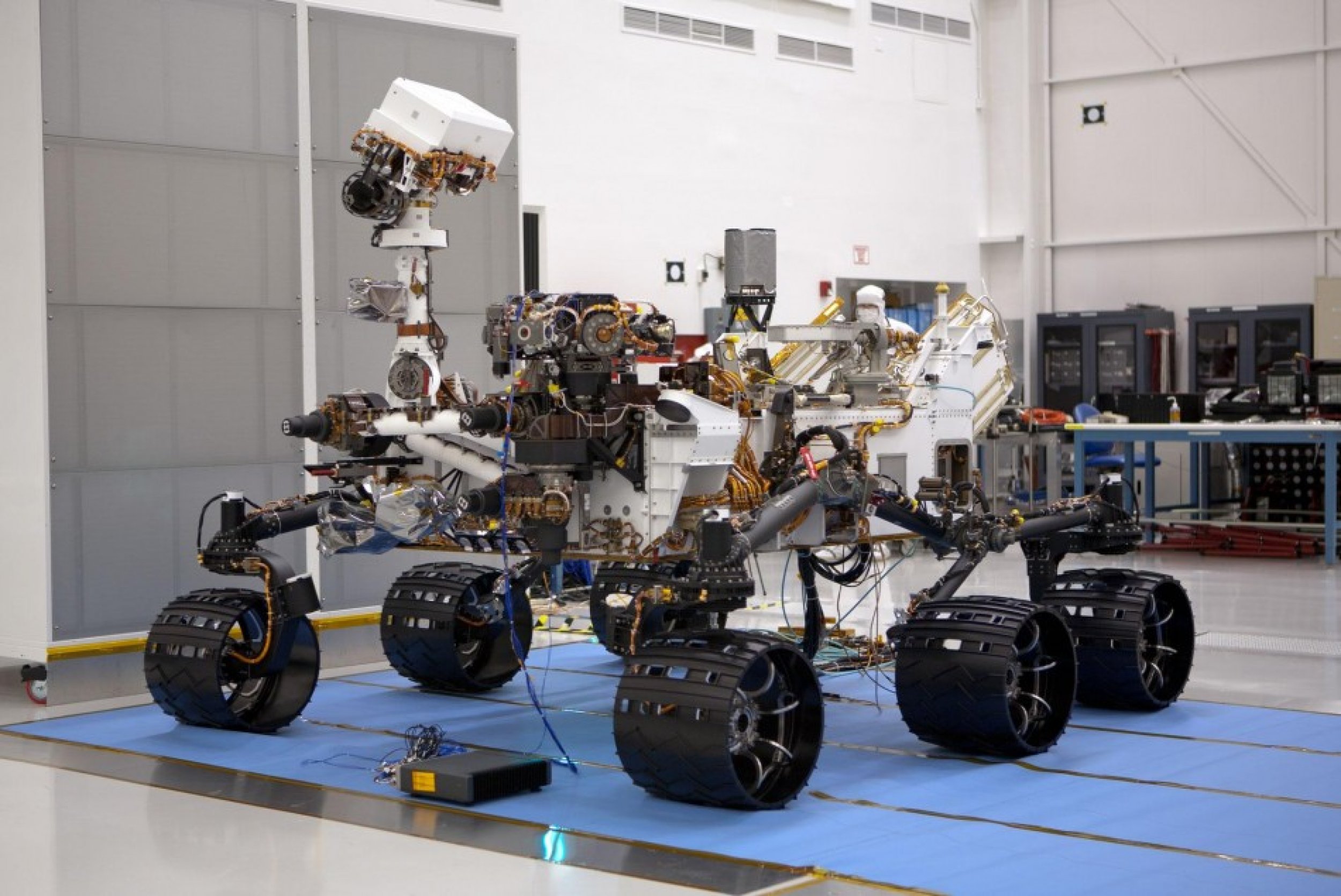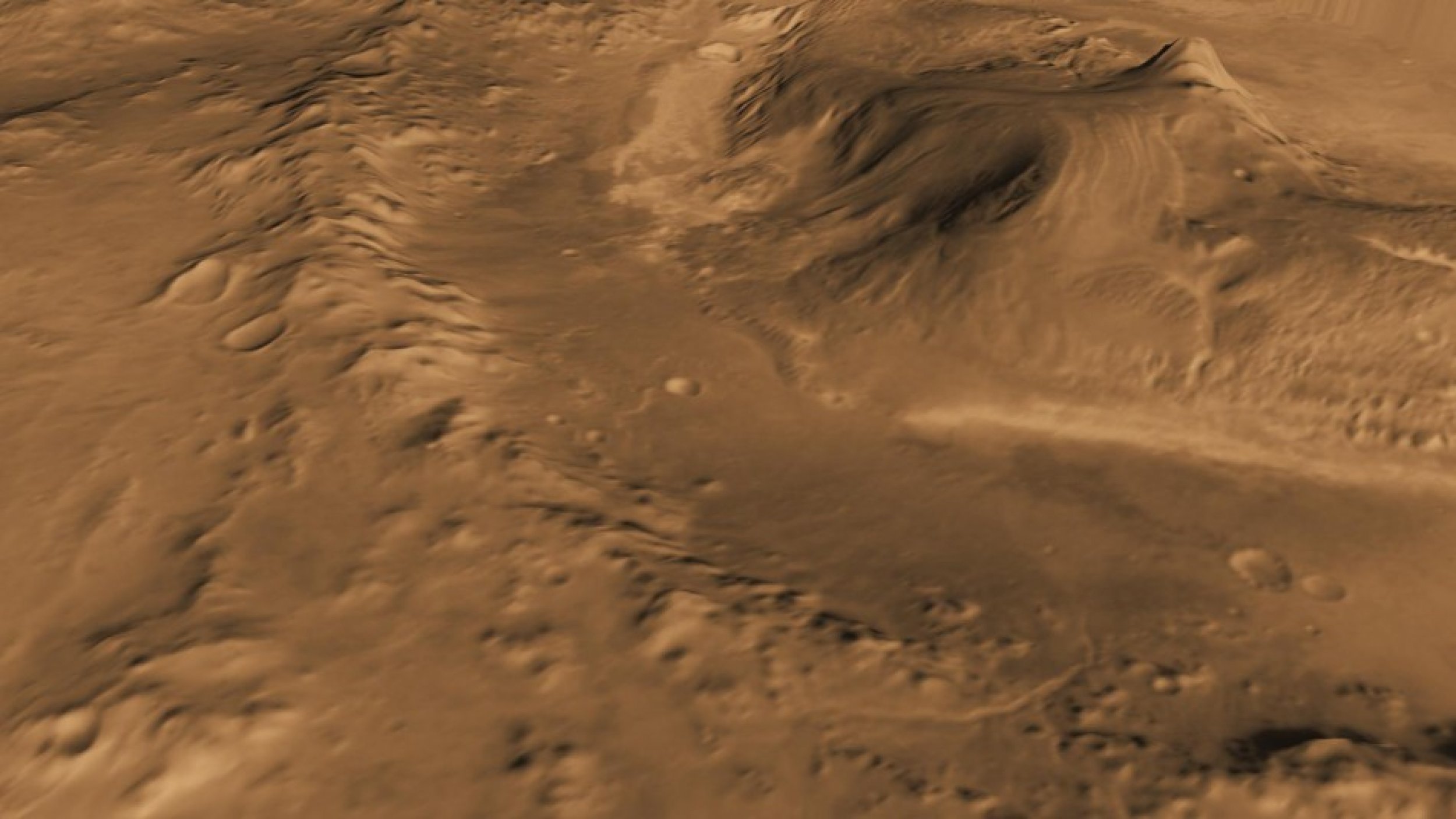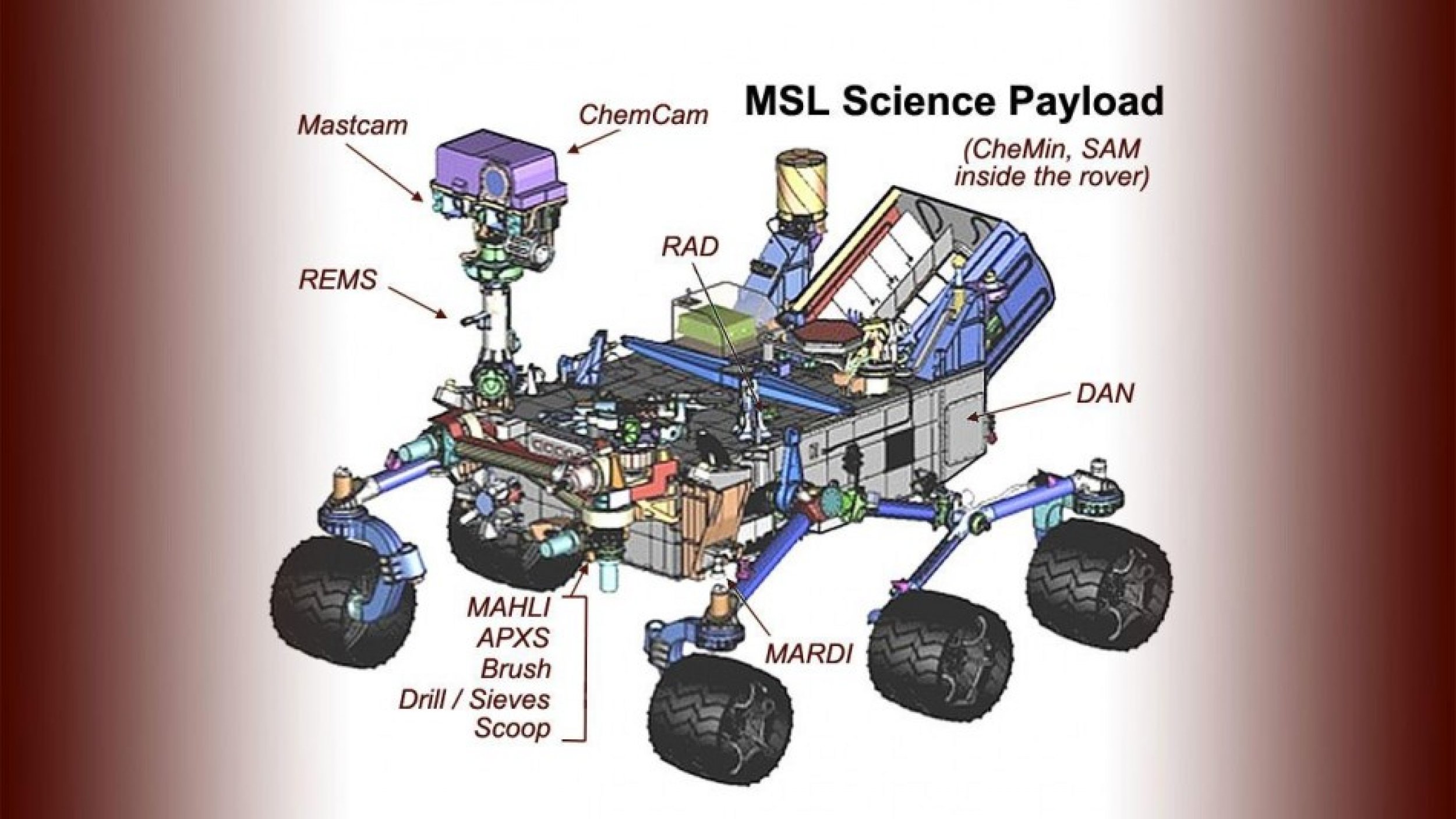Mars Rover to Land in Gale Crater, Preps for Astronaut Visit [PHOTOS]
NASA has picked the Gale crater to be the landing site of the Mars rover Curiosity. The mission of Curiosity will be to prep astronauts for an eventual visit to Mars, search for evidence of life on Mars, and gather general information on the Martian environment.
Astronauts to Mars
“Curiosity not only will return a wealth of important science data, but it will serve as a precursor mission for human exploration to the Red Planet,” said NASA Administrator Charles Bolden.
President Obama has directed NASA to send a human to orbit Mars by the mid-2030s. Then, he wants a person to land on Martian surface.
Search for Life
Curiosity will search for evidence of (past microbial) life on Mars, including the presence of carbon-based organic compounds and water.
Curiosity
Car-sized Curiosity is much bigger and heavier than previous Martian rovers. It has 10 science instruments and is powered by radioisotope thermoelectric generators.
NASA plans to launch Curiosity in late 2011, land it on Mars in August 2012, and conduct a 2-year mission.
Why Gale Crater?
The Gale crater is about the size of Connecticut and Rhode Island combined, estimated to be over 3 billion years old, and features a mountain in the middle that’s over 5 kilometers high. It’s attractive to scientists for many reasons.
Its depths offer a vertical profile of Martian geology. Moreover, water runs downhill, so if Mars did have water, points of low elevation are good places to look for evidence of them.
Lastly, the Gale crater contains an alluvial fan. On earth, alluvial fans are formed by deposits from streams of water that lose their structure and then spread out in a fan shape.
Below are photos of the Gale crater.





© Copyright IBTimes 2025. All rights reserved.





















